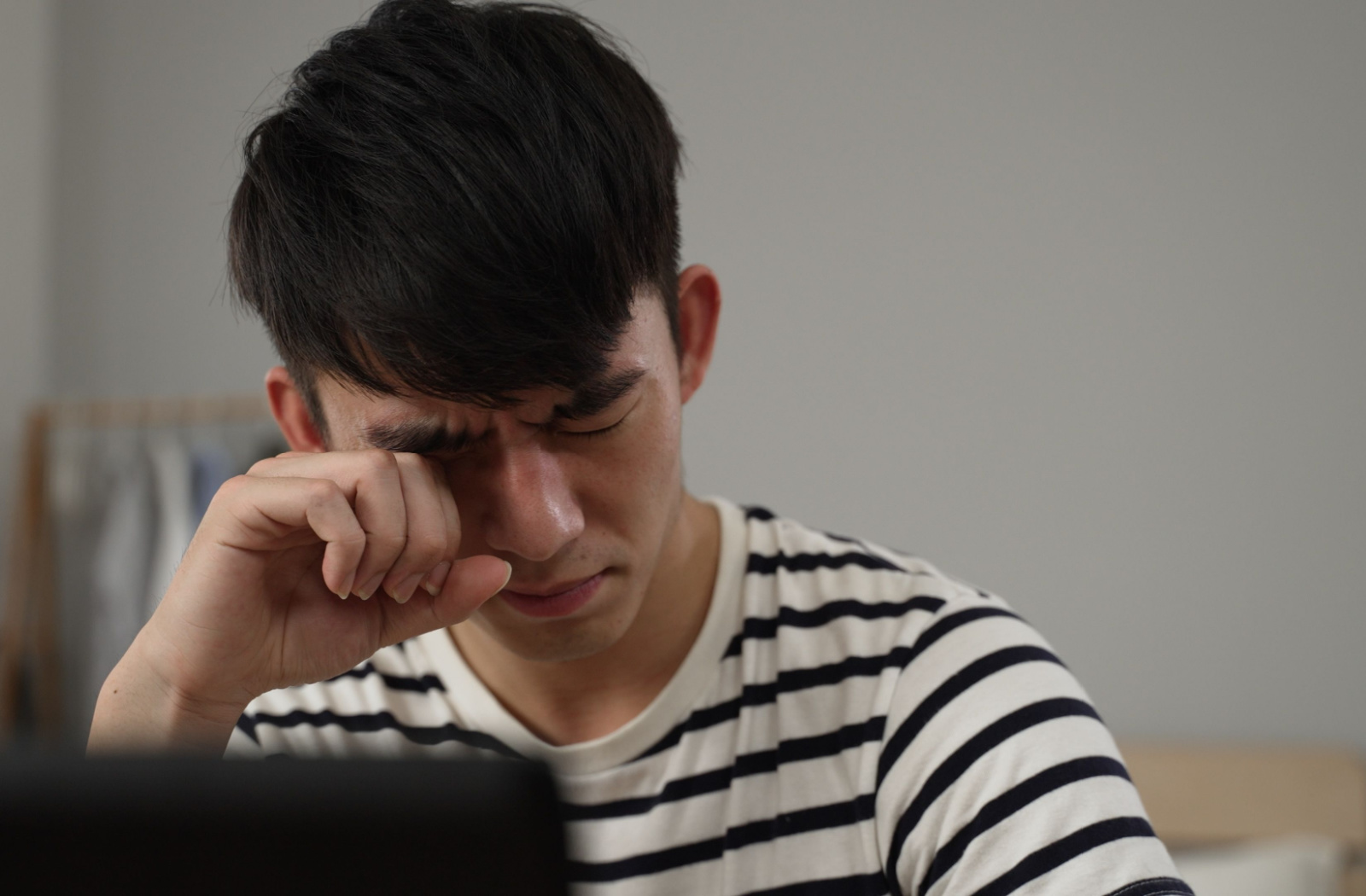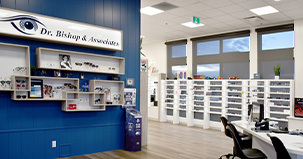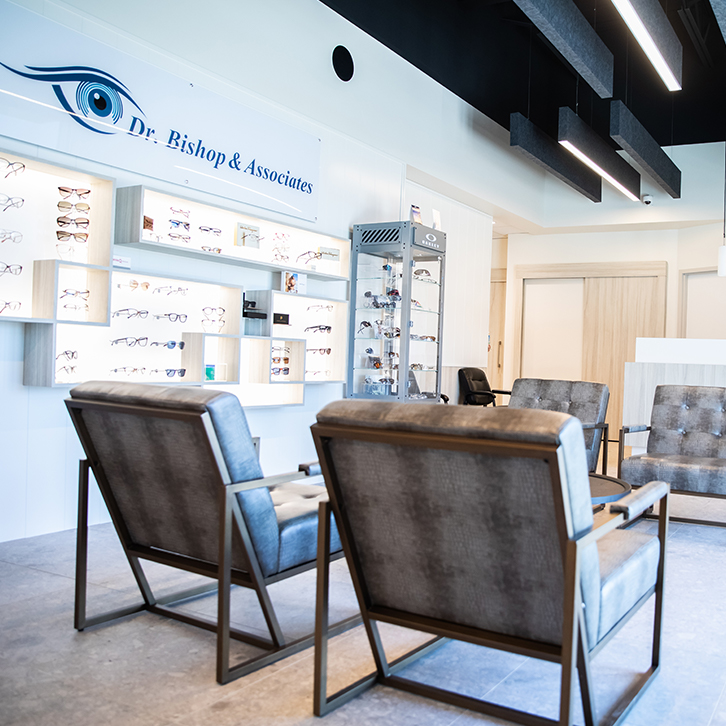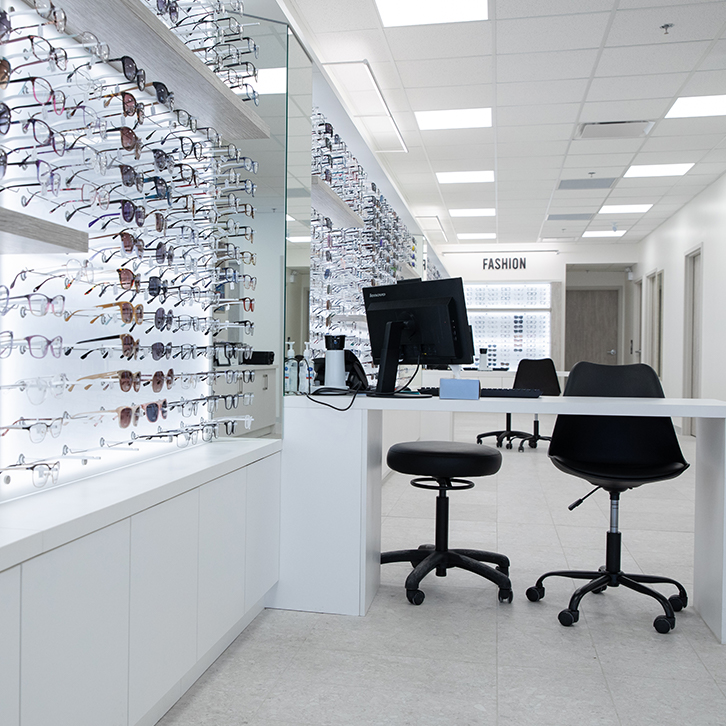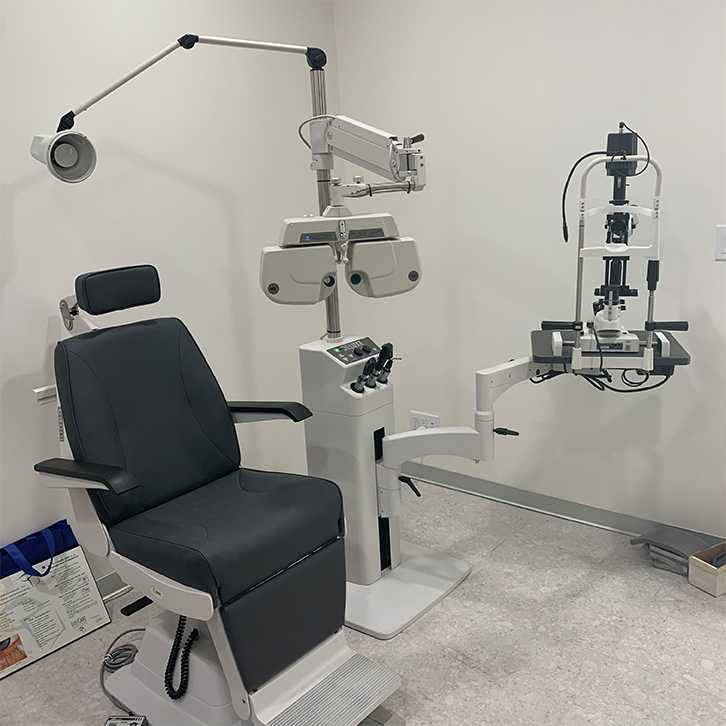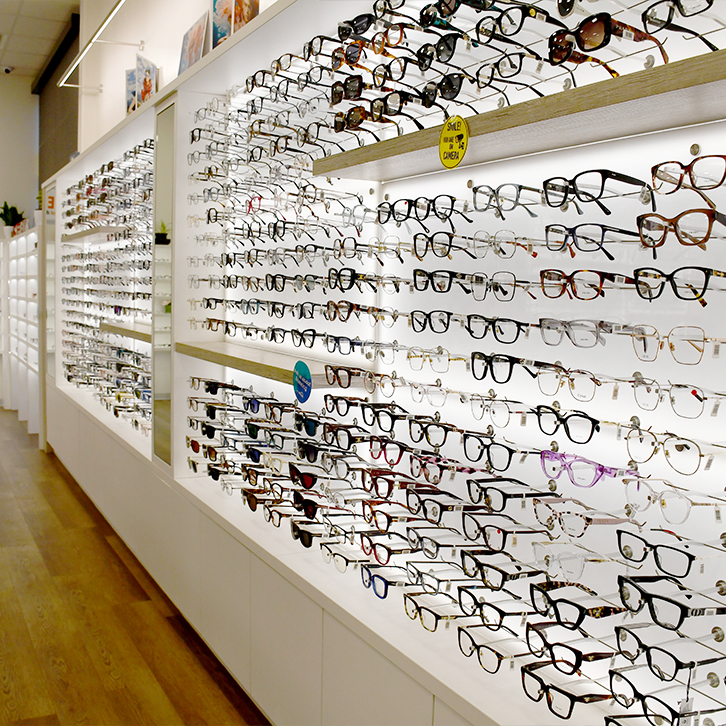When you experience a sudden onset of sharp eye pain, it can take you by surprise. Eye pain can stem from various causes, some benign, while others require immediate medical attention. Pain can either originate in the eye or radiate from another source.
The first step in resolving eye pain is to see your optometrist for an emergency eye exam. We provide short-notice emergency appointments when you need them most. Call us as soon as possible, and we’ll do all we can to get you in to see one of our optometrists immediately. Treatment is more effective once you and your eye care team know the cause.
Potential Causes of Sharp Eye Pain
Corneal Abrasions
Corneal abrasions, a scratch on the eye’s front surface, can cause sharp pain. This injury can be caused by foreign objects, like sand or dust, or if you rub your eye too hard.
In addition to sharp pain, you may experience:
- A gritty sensation
- Sensitivity to light
- Eye redness
Treatment for minor corneal abrasions involves using artificial tears or antibiotic drops. More severe cases may require a patch or bandage contact lens to protect the eye.
Conjunctivitis
Conjunctivitis, also known as pink eye, is the inflammation of the conjunctiva, the thin layer of tissue that covers the whites of the eye and insides of the eyelids.
It can be caused by bacterial or viral infections and exhibits symptoms such as:
- Eye redness
- Grittiness
- Watery eyes or discharge
- Itchiness
- Sensitivity to light
Conjunctivitis is often contagious and requires prompt medical attention. Your eye doctor may prescribe antibiotics or antihistamine drops, depending on the cause of the inflammation. .
Angle-Closure Glaucoma
More severe causes of eye pain include glaucoma, a group of eye diseases that damage the optic nerve and lead to blindness. The most common form of glaucoma, open-angle, develops slowly.
However, angle-closure glaucoma is sudden and severe that occurs when the drainage angle between the iris and the cornea suddenly becomes blocked, causing pressure to build up inside the eye.
Symptoms include:
- Sudden, severe eye pain
- Seeing halos around light
- Redness and tenderness around the eyes
- Blurred vision
- Nausea and vomiting
This condition is an emergency and requires immediate medical attention to prevent permanent vision loss.
Migraines
Not all eye pain is related to the eyes themselves. Migraines can cause severe head pain and affect the eyes, causing symptoms like:
- Sensitivity to light
- Visual disturbances (flashing lights or lines)
- Nausea
- Blurry vision
- Sensitivity to sounds
Migraine-associated eye pain is usually relieved with over-the-counter pain relievers, such as ibuprofen or acetaminophen. More severe migraines may require prescription medications.
Sinusitis
Sinusitis, the inflammation of the sinuses, can cause eye pain due to pressure on the orbital structure. This pain is often accompanied by other symptoms of a sinus infection, such as:
- Facial pain
- Nasal congestion
- Headache
- Post-nasal drip
- Sore throat
Your tear ducts and sinuses are connected, and forcefully blowing your nose can cause the infection to spread to your eyes, causing viral conjunctivitis.
How to Soothe Sharp Eye Pain
Sharp eye pain can be disruptive and worrisome, but there are soothing techniques to try as you wait to see your optometrist.
Take a Break from Screens
If you’re experiencing sharp eye pain, it could be a sign of spending too much time looking at screens. Screens put more strain on your eyes than you realize. They have to focus harder on screens than on traditional print material, and we extend to blink less frequently, leading to dry eyes and headaches.
So, to ease the discomfort, take a break from your screens. You can practice the 20-20-20 rule—look at something 20 feet away for 20 seconds every 20 minutes.
Use Eye Drops
Eye drops are a quick way to relieve sharp eye pain caused by dry eyes. They can also help soothe redness and irritation. However, not all eye drops are created equal; some may do more harm than good. But consult your optometrist to determine which eye drops are best for your specific needs.
Apply a Warm or Cold Compress
Warm or cold compresses can be highly effective in soothing sharp eye pain, depending on the type of discomfort you’re experiencing. A warm compress can help ease the strain, while a cold compress can help reduce swelling and inflammation.
So, apply a warm compress if your eyes feel dry or tired. If you experience swelling and redness, use a cold compress. Ensure the compress is not too hot or cold, and always use a clean compress to avoid further infection.
Stay Hydrated & Get Enough Rest
One of the most common reasons behind sharp eye pain is dehydration and lack of sleep. Keep your water bottle full and give your eyes enough time to rest and recharge. Getting enough sleep will help prevent eye fatigue and keep your eyes healthy.
Visit Your Optometrist
Various issues can cause eye pain, so see your optometrist as soon as possible if you experience severe pain or discomfort.
Book an appointment with Dr. Bishop & Associates to address eye pain or as a preventive measure to protect against eye problems. Our eye care team can conduct a thorough eye exam to determine the root cause of the problem, whether it’s an infection, eye injury, or underlying medical condition. Early diagnosis is essential to prevent irreversible eye damage and vision loss.

